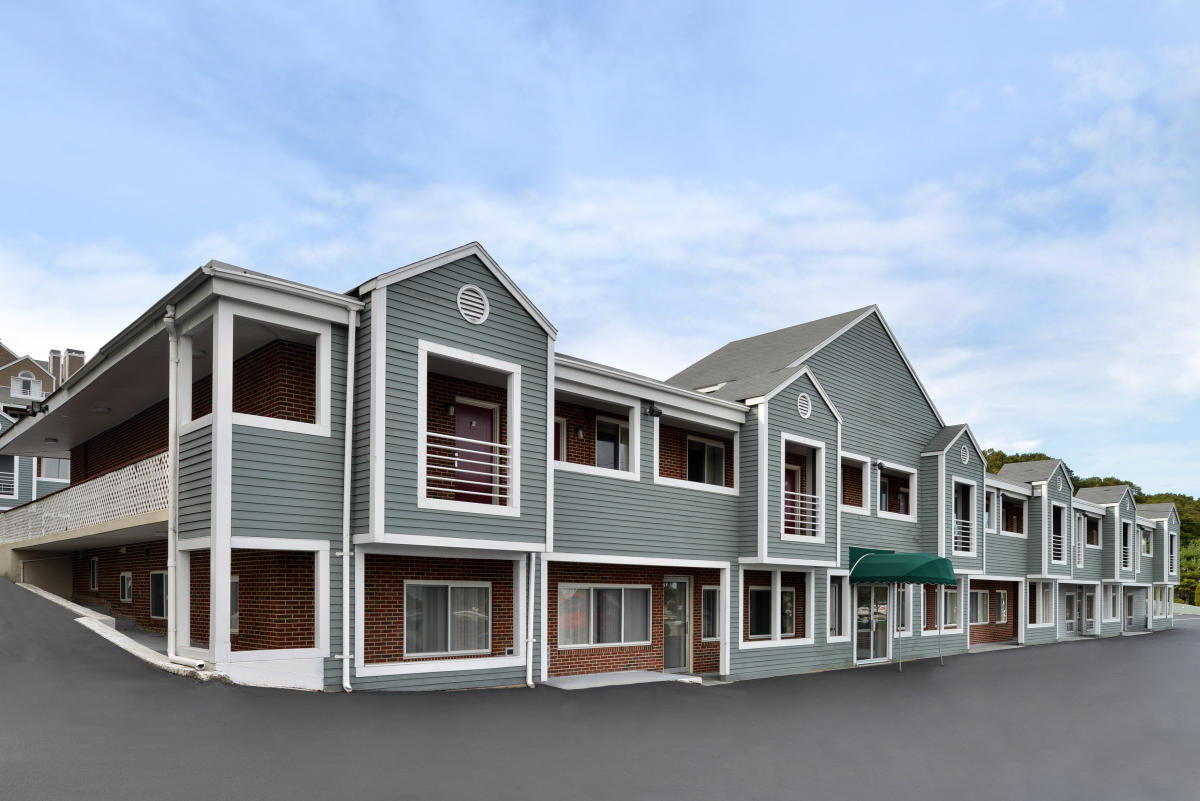
Cranston, Rhode Island, is a city with a rich history and a vibrant community. As urban development continues to shape the landscape of this dynamic city, it’s essential to explore the fascinating facts that contribute to its growth and evolution. From its diverse neighborhoods to its thriving economy, Cranston offers a unique blend of tradition and modernity. In this article, we’ll delve into 13 compelling facts about urban development in Cranston, shedding light on the city’s transformation and the factors that have influenced its progress. Whether you’re a local resident, an urban planning enthusiast, or simply curious about the evolution of cities, these facts will provide valuable insights into Cranston’s development and the exciting possibilities that lie ahead.
Key Takeaways:
- Cranston, Rhode Island, became a city in 1910 and is now the third largest in the state, with 25 neighborhoods and a population of over 81,000. It’s a vibrant urban hub with a rich history and diverse culinary scene.
- Cranston, Rhode Island, offers a strong economic foundation with a median household income of $63,000 and a median property value of $240,000. It also prioritizes sustainable urban development and environmental conservation for a greener urban landscape.
Cranston, Rhode Island, was incorporated as a city in 1910.
Cranston, Rhode Island, officially became a city in 1910, marking the beginning of its journey as a thriving urban center.
The city covers a total area of 29.9 square miles.
Cranston, Rhode Island, spans across 29.9 square miles, offering ample space for urban development and infrastructure.
Cranston is the third largest city in Rhode Island.
With its expansive land area and growing population, Cranston ranks as the third largest city in the state of Rhode Island.
The city is divided into 25 distinct neighborhoods.
Cranston, Rhode Island, is comprised of 25 unique neighborhoods, each contributing to the city’s diverse and vibrant urban landscape.
Cranston’s population is over 81,000 people.
With a population exceeding 81,000 residents, Cranston stands as a bustling urban hub within the state of Rhode Island.
The median household income in Cranston is $63,000.
With a median household income of $63,000, Cranston offers a strong economic foundation for its urban community.
Cranston is home to numerous public and private schools.
The city boasts a variety of public and private schools, providing quality education to support the development of its urban youth.
Several major highways pass through Cranston, including I-95 and I-295.
Cranston’s strategic location is enhanced by the presence of major highways, such as I-95 and I-295, facilitating connectivity and urban accessibility.
The city has a rich history dating back to the 1600s.
With a history dating back to the 1600s, Cranston has evolved into a dynamic urban center while preserving its rich heritage and cultural roots.
Cranston is known for its diverse culinary scene and vibrant dining options.
The city’s urban landscape is adorned with a diverse array of restaurants and eateries, contributing to Cranston’s reputation as a culinary hotspot.
The city features a wide range of recreational facilities and parks.
Cranston offers an extensive selection of recreational facilities and parks, enhancing the urban lifestyle and promoting community engagement.
The median property value in Cranston is $240,000.
With a median property value of $240,000, Cranston presents attractive real estate opportunities within its urban environment.
Cranston has a strong focus on sustainable urban development and environmental conservation.
The city prioritizes sustainable urban development and environmental conservation, demonstrating a commitment to a greener and more eco-friendly urban landscape.
Conclusion
Cranston, Rhode Island, is a city with a rich history and a promising future. As evidenced by the 13 facts about urban development in Cranston, it’s clear that the city has undergone significant changes and continues to evolve. From its diverse neighborhoods to its focus on sustainable development, Cranston is a city on the rise. With a growing economy, a commitment to education, and a vibrant community, Cranston offers a high quality of life for its residents. As the city continues to prioritize urban development, it is poised to become an even more dynamic and attractive place to live, work, and visit. Cranston’s journey of urban development is an ongoing story, and it’s one that holds great promise for the future.
FAQs
What are some key urban development projects in Cranston, Rhode Island?
Cranston has several notable urban development projects, including the revitalization of its downtown area, the enhancement of its transportation infrastructure, and the expansion of green spaces and recreational facilities.
How is Cranston addressing issues of sustainability in its urban development?
Cranston has implemented sustainable practices in its urban development, such as promoting energy-efficient building designs, investing in public transportation, and preserving green spaces to support environmental conservation.
What measures is Cranston taking to ensure inclusive urban development?
Cranston is committed to inclusive urban development by promoting affordable housing initiatives, supporting diverse community engagement, and creating accessible public spaces that cater to the needs of all residents.
How does urban development in Cranston contribute to the local economy?
Urban development in Cranston stimulates the local economy by attracting businesses, creating job opportunities, increasing property values, and fostering a vibrant commercial and cultural environment.
What role does community input play in the urban development process in Cranston?
Community input is integral to Cranston’s urban development, as the city actively seeks input from residents, businesses, and organizations to ensure that development plans align with the community’s needs and aspirations.
Was this page helpful?
Our commitment to delivering trustworthy and engaging content is at the heart of what we do. Each fact on our site is contributed by real users like you, bringing a wealth of diverse insights and information. To ensure the highest standards of accuracy and reliability, our dedicated editors meticulously review each submission. This process guarantees that the facts we share are not only fascinating but also credible. Trust in our commitment to quality and authenticity as you explore and learn with us.
